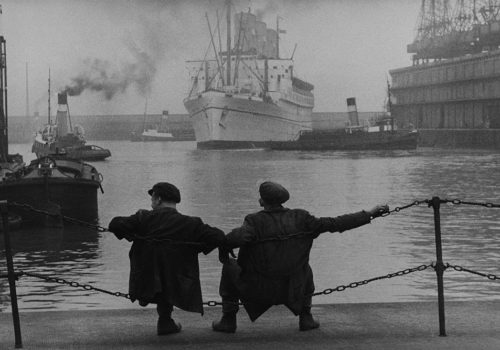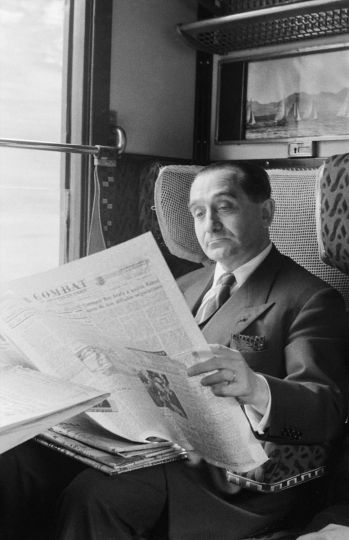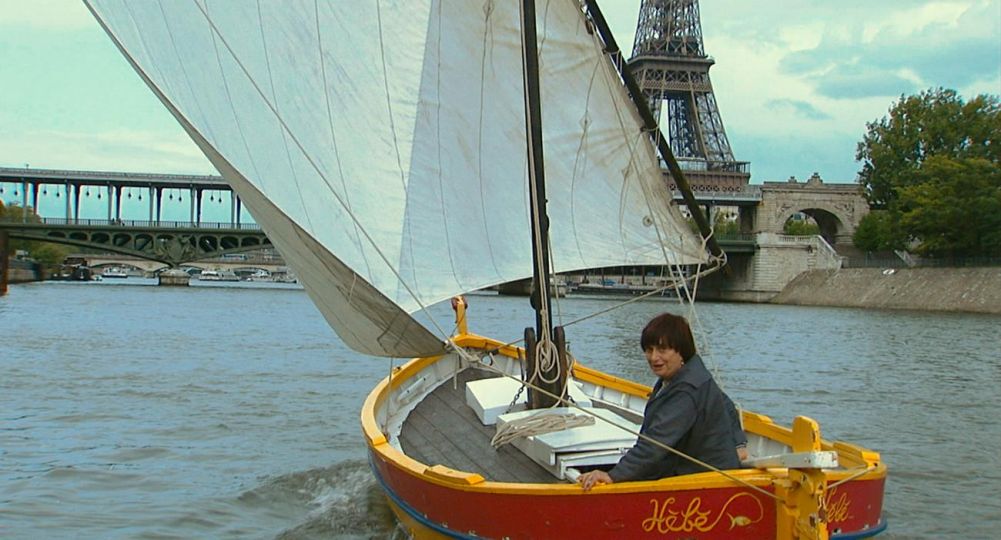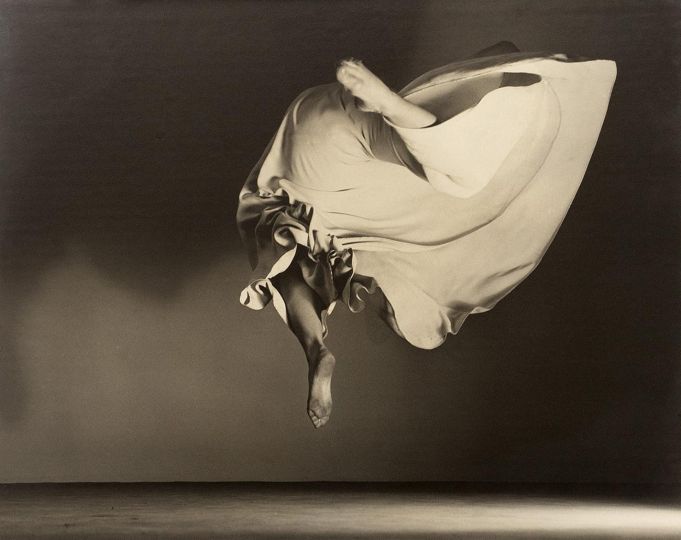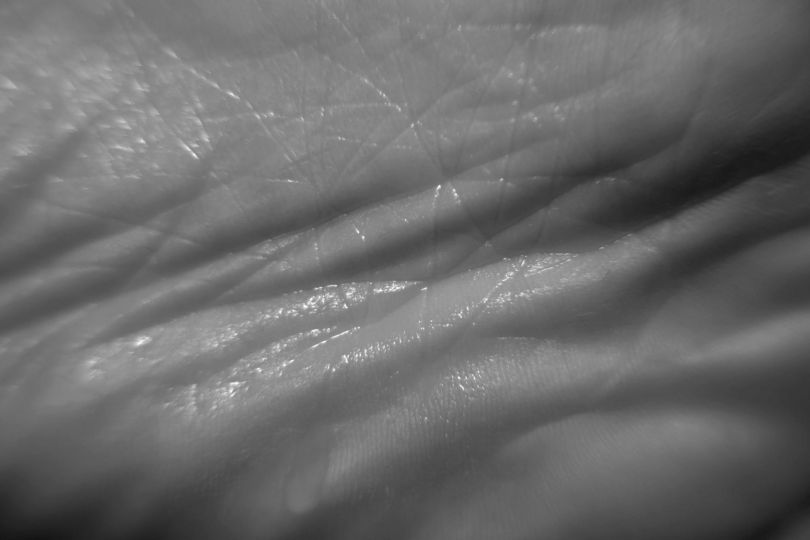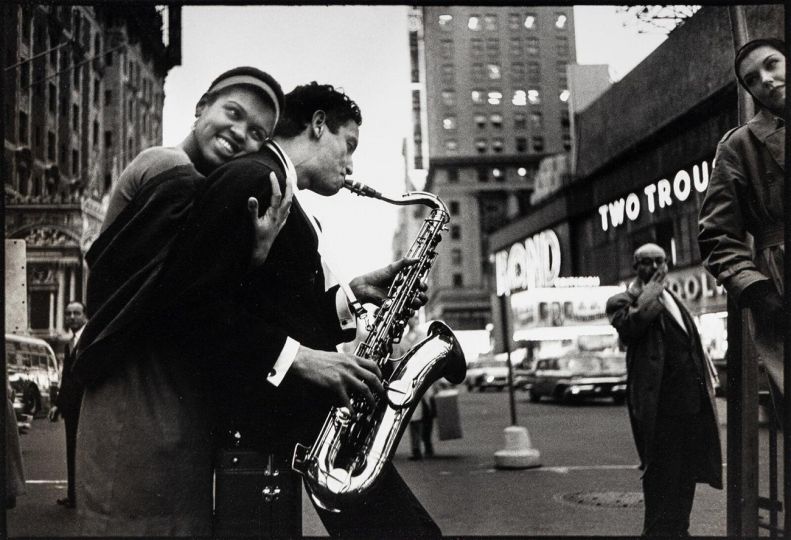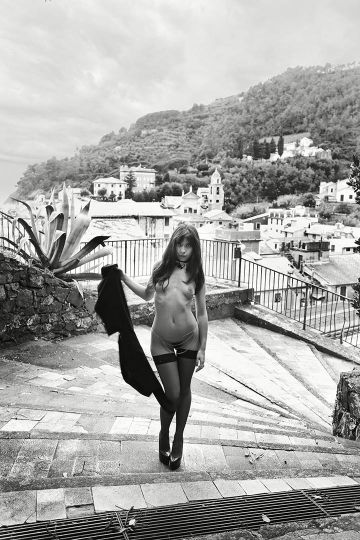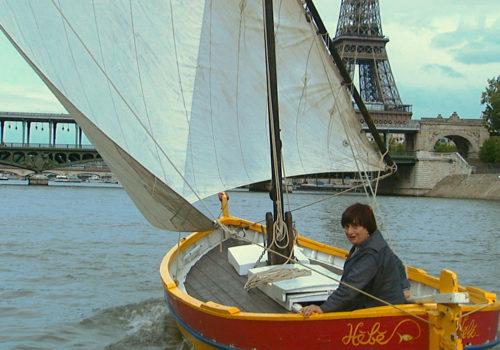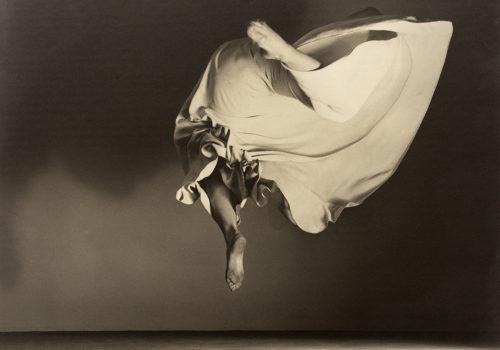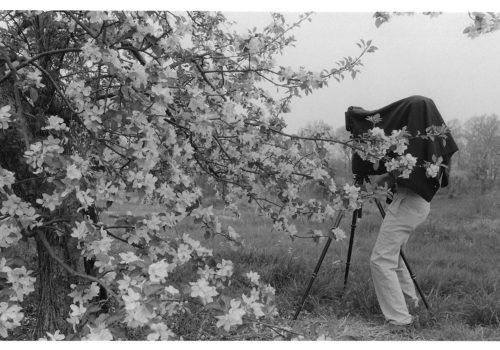The Salon de la Photo 2016 has devoted a large retrospective – nearly 100 photos – to the French humanist photographer Jean Marquis.
In 2016 another photographer of the same generation as Sabine Weiss is celebrating his 90th birthday. Very early on in his career Jean Marquis began working for the prestigious Magnum photos Agency. He was born in Armentières in the North and during the 1950s and 1960s he travelled extensively around France. Following at first the humanistic photographic tradition he decided to adapt his work according to social changes and began to move towards a more contemplative style while bringing a new vision to industrial photography and the working world.

